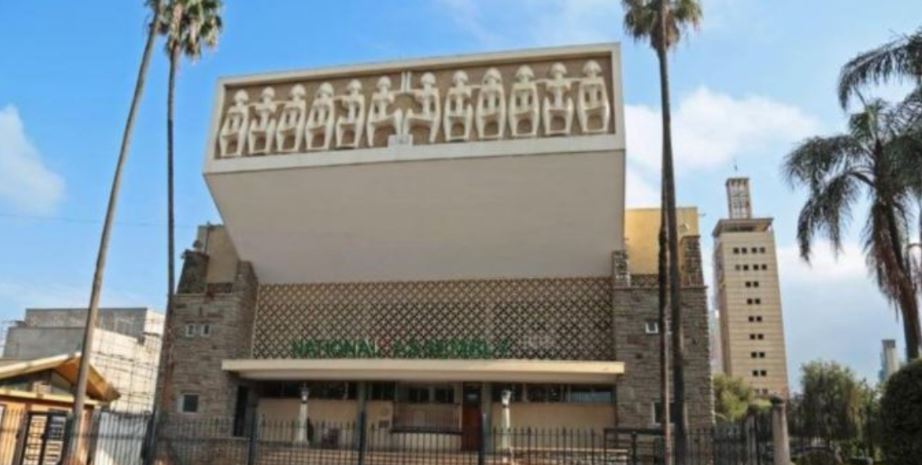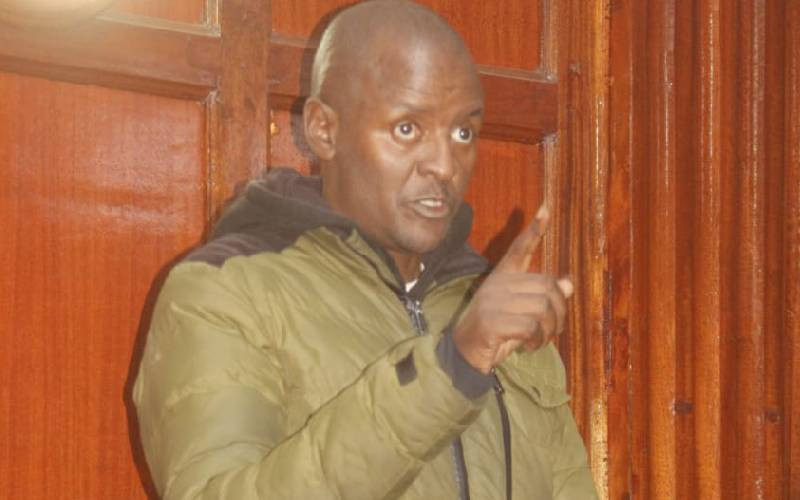 A Nairobi court will rule in June on a case that could compel Kenya’s Parliament to remove skeleton carvings displayed at the entrance of the National Assembly and on the Speaker’s seats.
A Nairobi court will rule in June on a case that could compel Kenya’s Parliament to remove skeleton carvings displayed at the entrance of the National Assembly and on the Speaker’s seats.
The case has ignited public debate, raising concerns about the symbolism of the carvings and whether proper public participation was conducted before their installation.
Petitioner John Mweha, from Ndenderu in Kiambu County, argues that the 12 skeleton carvings represent idolatry and occult imagery. He claims the artwork evokes painful memories of colonial oppression and slavery, particularly pointing to two figures trampling on the year 1963—Kenya’s independence year.
Mweha insists that the carvings undermine the dignity of Parliament and may subconsciously influence legislative decisions. He is pushing for their removal and replacement with symbols that promote unity, patriotism, and hope. According to him, such a move would create a more conducive environment for governance.
He also faults Parliament for allegedly installing the carvings without public consultation or an official gazette notice, arguing that the lack of transparency renders the move unconstitutional.
The case names the Parliamentary Service Commission, National Assembly Speaker Moses Wetang’ula, Senate Speaker Amason Kingi, and the Attorney General as respondents.
In response, Wetang’ula has urged the court to dismiss the petition, calling it frivolous and an abuse of the judicial process. He argues that the petitioner has not demonstrated any constitutional violations or legal breaches by the respondents.
The skeleton carvings have been part of the National Assembly’s artistic design for years, with ongoing debate over their meaning. Despite the legal challenge, Parliament has not indicated plans to remove or alter them.










